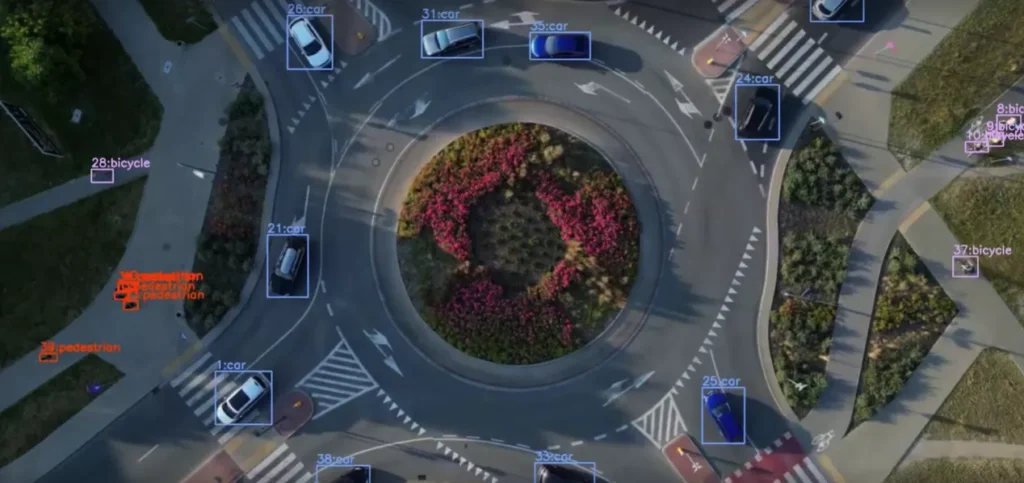

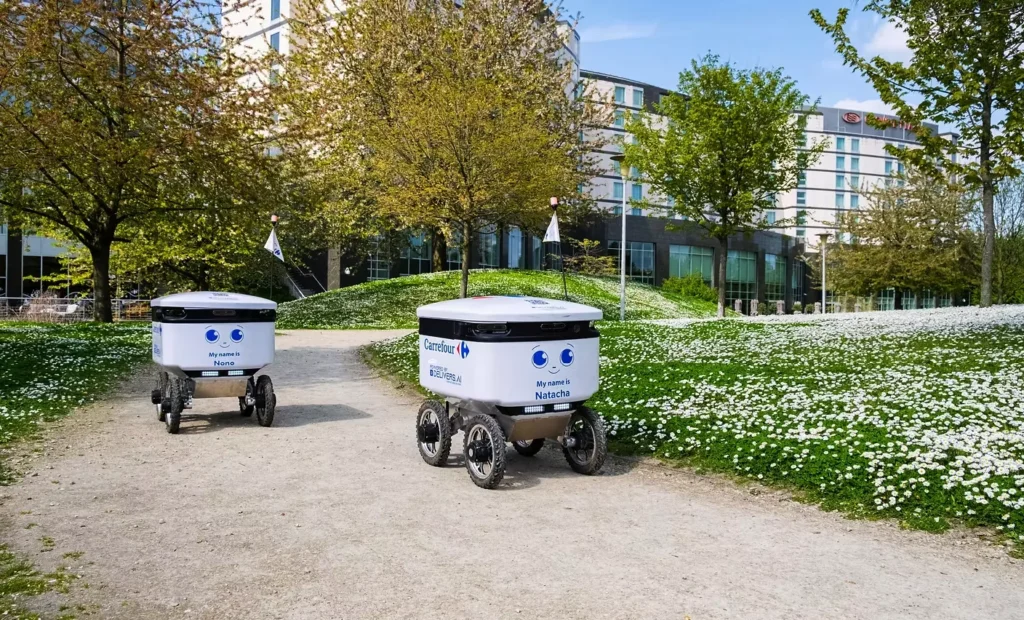
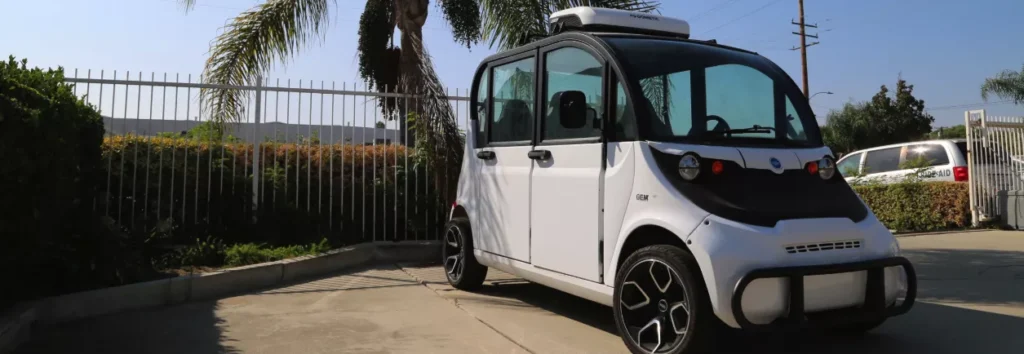
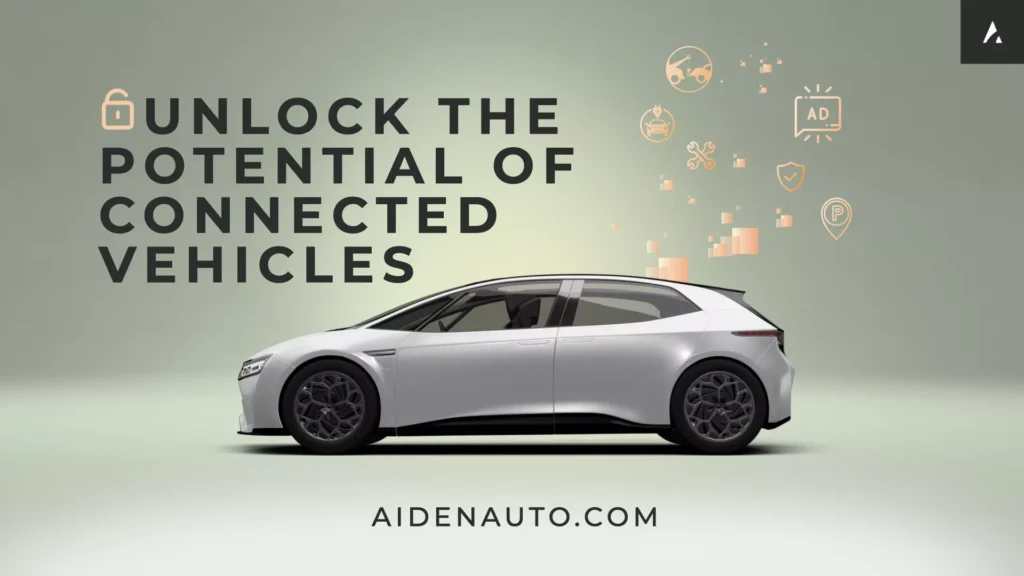





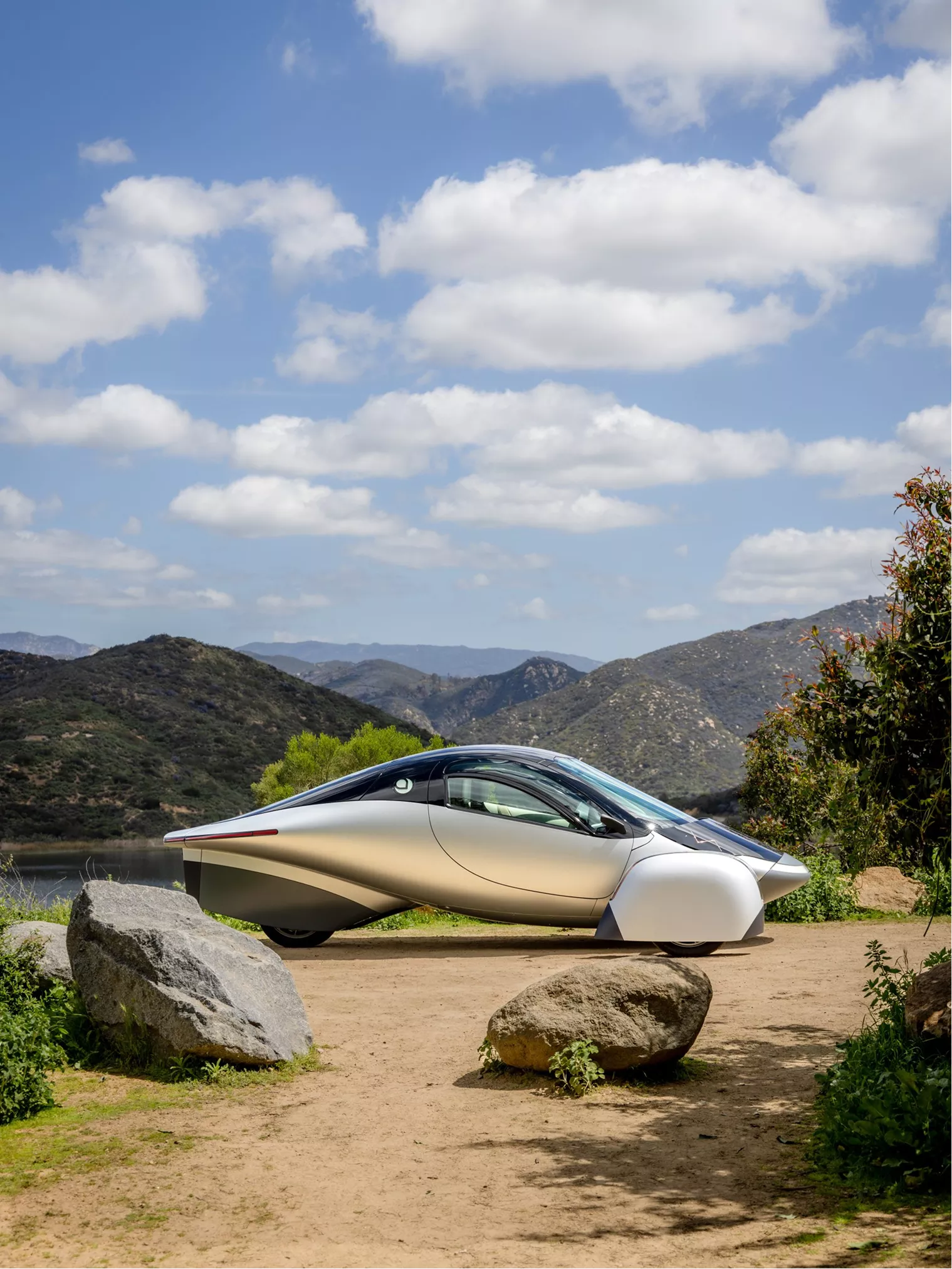
From EVs and batteries to autonomous vehicles and urban transport, we cover what actually matters. Delivered to your inbox weekly.
48 high-speed chargers. One of the busiest airports in the country. A major step forward for commercial electrification.
bp pulse has launched the largest ultrafast EV charging hub in the United States—just minutes from Los Angeles International Airport (LAX). With 48 chargers in one location, the site is built to serve commercial fleets, rideshare operators, and travelers moving through one of the country’s highest-demand transit zones.
LAX sees 88 million passengers per year and anchors a dense urban corridor filled with delivery vehicles, rideshares, and logistics fleets. Placing the hub here is a strategic move: it brings high-speed charging exactly where traffic—and emissions—are concentrated.
Rather than spreading chargers thin across parking lots, bp pulse chose to consolidate power where it’s needed most. That means fewer detours for fleets, less downtime between jobs, and greater reliability for operators who depend on fast turnarounds.
This isn’t a retail-adjacent charging station—it’s an infrastructure asset. The hub offers 30-minute charging sessions designed specifically for vehicles with tight route schedules, including:
The location also supports fleet planning by reducing range anxiety and eliminating the need to hunt for scattered chargers.
The LAX hub is part of bp’s $1 billion global investment in EV infrastructure through 2030. In the U.S., where fast-charging access remains uneven, high-capacity hubs like this one are beginning to fill key regional gaps—especially in metro areas where EV adoption is surging ahead of infrastructure.
For California, this rollout supports statewide zero-emission goals and adds critical muscle to the charging network as the 2035 combustion vehicle ban approaches.
This launch reflects a broader shift among energy and mobility players:
As EV fleets grow, especially in high-density urban zones, hubs like the one near LAX could set a new standard for how charging infrastructure is built at scale.